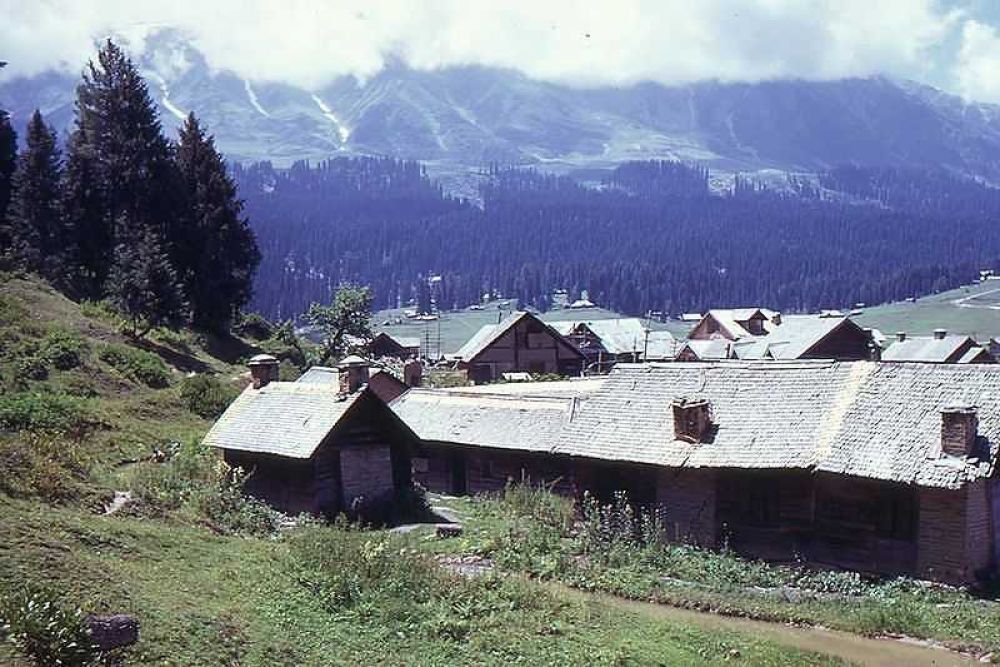

The exquisite natural beauty of Gulmarg has been drawing visitors to its scenic landscapes for centuries. Among its many attractions, the religious monument known as the Imambara Goom stands out with its unique historical and spiritual significance. Nestled in the heart of the picturesque Kashmir valley, this site has been a witness to the evolving tapestry of tourism in the region.
Gulmarg, which translates to 'meadow of flowers', is an enchanting hill station in Kashmir, renowned for its lush greenery and snow-capped mountains. The history of tourism in Gulmarg dates back to the 16th century when Sultan Yusuf Shah of the Chak Dynasty frequented this region with his courtiers to indulge in the cool summer climate.
In the 19th century, the British colonial administration discovered Gulmarg's potential as a summer resort. They established the Gulmarg Golf Club in 1902, and it wasn't long before Gulmarg became a fashionable retreat for the British elite in India.
However, it was post-independence that Gulmarg truly flourished as a tourist destination, as both domestic and international travelers began flocking to the area for its natural beauty and the promise of peace and quietude.
The Imambara Goom is more than just a religious structure; it is a symbol of the enduring faith and culture of the Kashmiri people. Strategically positioned amidst the beautiful landscapes of Gulmarg, the Imambara commands a spiritual presence that attracts not only those of Islamic faith but also history enthusiasts and tourists from all walks of life.
Constructed with a profound respect for Islamic architecture, the Imambara Goom serves as a reminder of the region's rich cultural heritage. It is a place where visitors can marvel at the meticulous craftsmanship, soak in the tranquility of its surroundings, and engage with the deep-rooted traditions of Kashmir.
In recent years, tourism in Gulmarg has seen a significant shift with the advent of adventure sports and eco-tourism. The region is gaining popularity for its winter sports, especially skiing, and hosts numerous championships attracting sports enthusiasts from across the globe.
Eco-tourism is also on the rise, with travelers increasingly seeking sustainable and ecological travel experiences. Hotels and resorts in Gulmarg are adopting green practices, and tours are being designed to minimize the environmental impact while providing immersive experiences in nature.
The Imambara Goom, with its serene environment, complements this new wave of tourism by offering a place for spiritual connection and reflection amidst nature, enhancing Gulmarg's appeal as a diverse and soulful destination.
The Imambara Goom in Gulmarg stands as a testament to the region's ability to blend its historical roots with modern-day tourism trends. As a place of worship and historical intrigue, it continues to contribute significantly to the cultural richness of Gulmarg's tourism landscape and will remain a cherished site for many years to come.